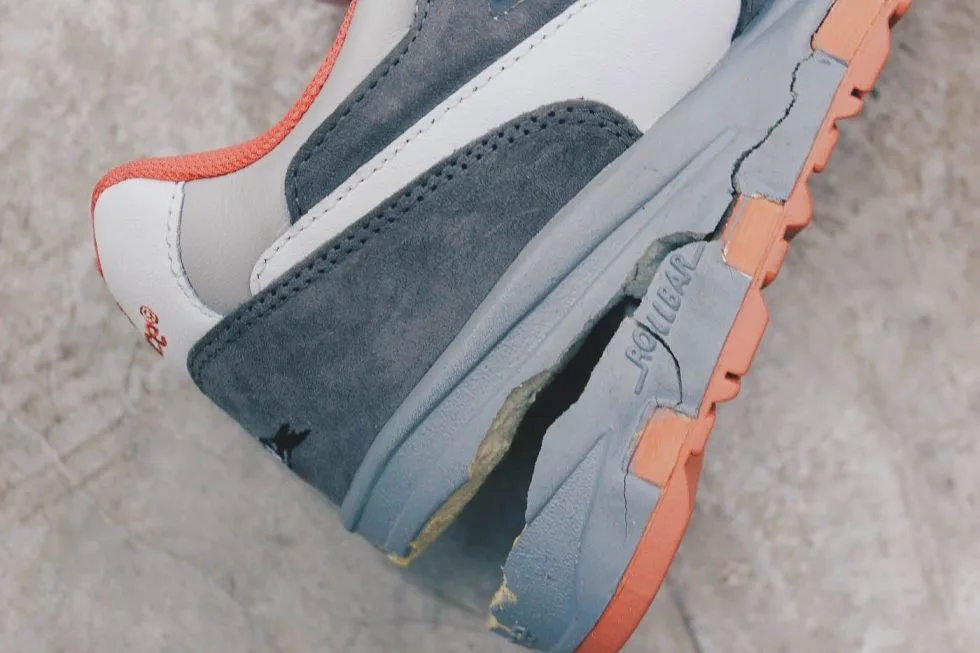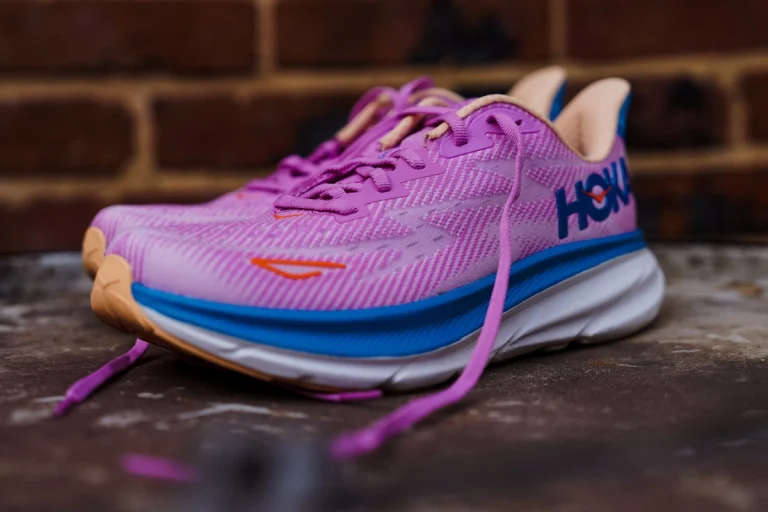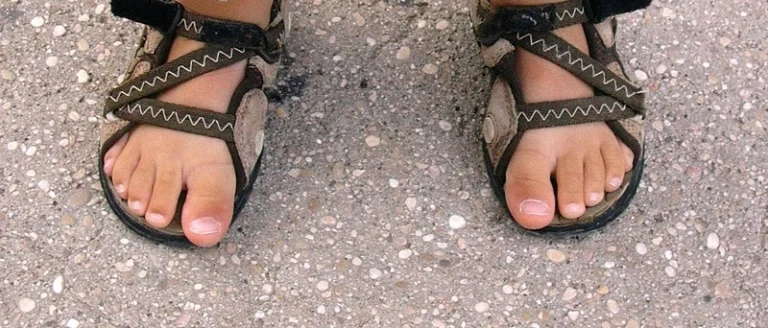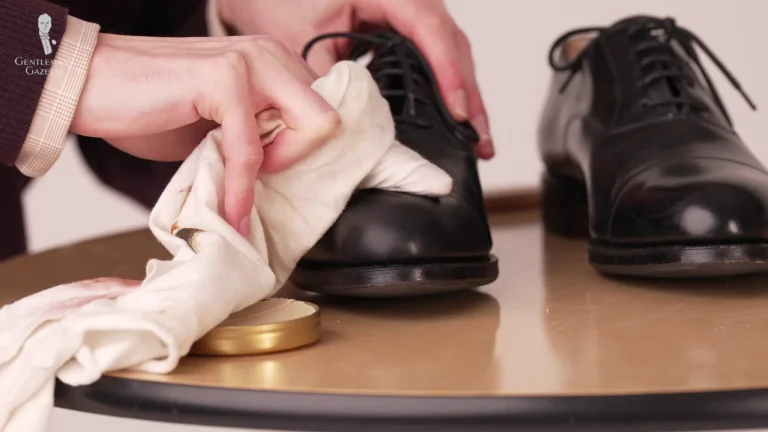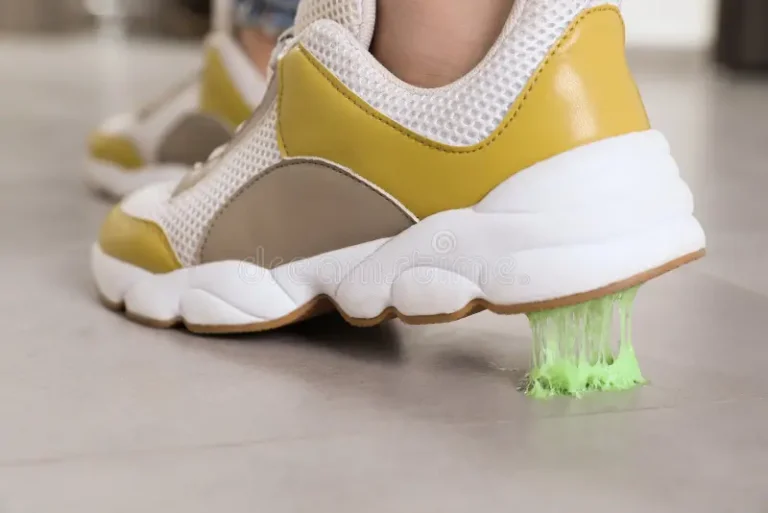How To Stop Hydrolysis In Shoes?
Introduction Of This Article:
Hydrolysis is a common problem that many shoe owners face. It occurs when the rubber soles of shoes break down due to exposure to moisture, heat, and other environmental factors. This can lead to the pu soles age becoming brittle, cracking, and ultimately falling apart. If you’re tired of having to replace your leather boots every few months due to hydrolysis, there are steps you can take to prevent it from happening. In this guide, we’ll explore some effective ways to stop hydrolysis in unworn shoes and extend the lifespan of your footwear.
Understanding Hydrolysis In Shoes:
Hydrolysis is a chemical breakdown process that can impact the longevity and performance of your shoes. In this guide, we’ll explore the science behind hydrolysis, its effects on various shoe pu sole material, and how to prevent and mitigate its impact on your footwear. By understanding hydrolysis, you can make informed decisions when purchasing and maintaining your shoes, ensuring a longer lifespan for your favorite pairs.
The Science of Hydrolysis:
A Brief Overview Hydrolysis occurs when water molecules break down the bonds in certain midsole material, such as polyurethane (PU) and ethylene-vinyl acetate (EVA), commonly found in shoe soles. This reaction can lead to the deterioration of footwear over time, affecting its performance, comfort, and overall lifespan.
Factors Influencing Hydrolysis in Footwear Various factors can contribute to the rate of hydrolysis in shoes, including:
Material composition:
The type of materials used in the shoe construction plays a significant role in determining its susceptibility to hydrolysis. b. Environmental conditions: Exposure to moisture absorption, humidity, and temperature fluctuations can accelerate the hydrolysis process. c. Storage conditions: Improper storage, such as damp or humid environments, can increase the likelihood of hydrolysis.
Identifying Hydrolysis in Shoes Common signs of hydrolysis in footwear include:
flaking Or Crumbling shoe soles:
As the materials break down, the shoe soles may begin to disintegrate. b. Loss of cushioning and support: The degradation of materials can lead to reduced comfort and support in the shoe. c. Reduced performance: Shoes affected by hydrolysis may not provide the same level of grip, stability, or shock absorption as they once did.

Preventing and Mitigating Hydrolysis in Footwear To prolong the life of your shoes and minimize the effects of hydrolysis, consider the following tips:
Choose high-quality materials:
Opt for shoes made from materials that are less susceptible to hydrolysis, such as rubber or thermoplastic polyurethane (TPU). b. Store shoes properly: Keep your footwear in a cool, dry, and well-ventilated area to minimize exposure to absorb excess moisture and humidity.
Rotate your Hiking boots:
Regularly rotating your footwear can help distribute wear and tear, reducing the impact of hydrolysis on a single pair.
Read More: How To Fix A Cracked Sole Of A Shoe?
Read More: How To Put Track Spikes In Shoe?
Preventive Measures To Stop Hydrolysis:
Hydrolysis can significantly impact the durability and performance of your shoes. In this practical guide, we’ll share top preventive measures to halt hydrolysis in footwear, ensuring a longer lifespan for your favorite pairs. By following these tips, you can make informed decisions when purchasing and maintaining your shoes, and keep them in top condition for years to come.
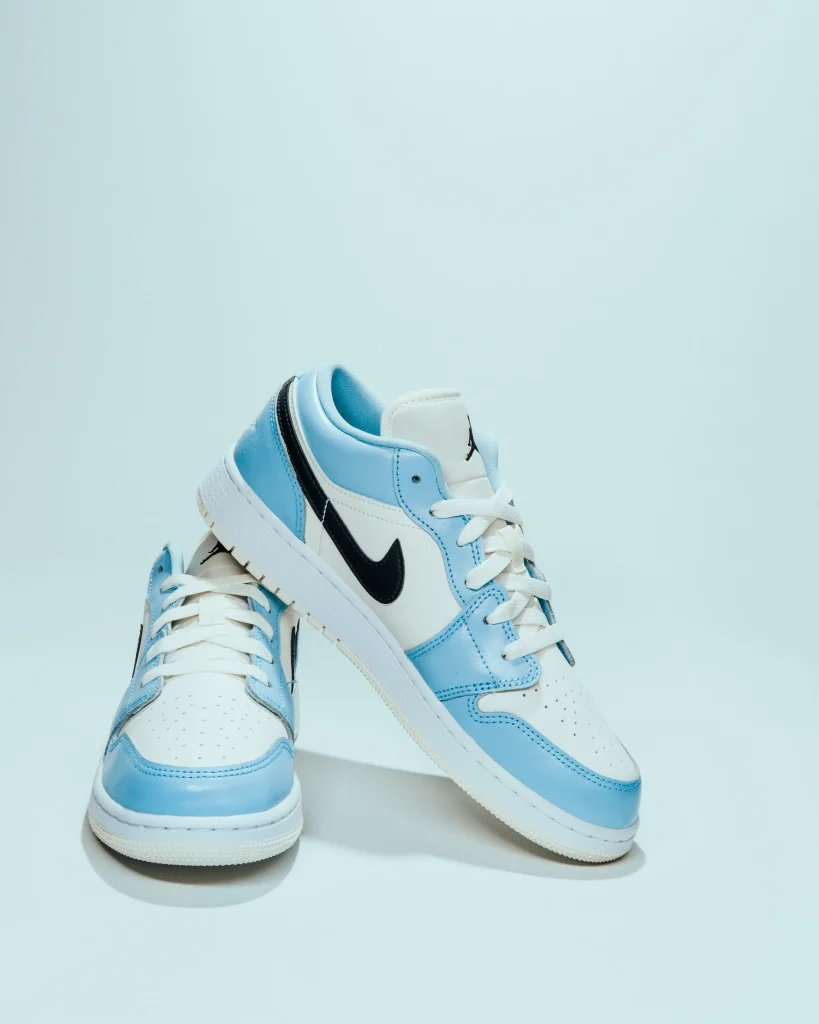
Selecting High-Quality Materials:
Choose footwear made from materials that are less susceptible to hydrolysis, such as rubber or thermoplastic polyurethane (TPU). These materials offer better resistance to the chemical process, ensuring enhanced durability and performance.
Proper Storage Techniques:
Store your shoes in a cool, dry, and well-ventilated area to minimize exposure to moisture and humidity. Avoid damp or humid environments, as these conditions can accelerate the hydrolysis process and damage your footwear.
Rotating Your Footwear:
Regularly rotating your shoes can help distribute wear and tear, reducing the impact of hydrolysis on a single pair. By giving each same pair a break between uses, you can extend their lifespan and maintain their performance.
Caring for Your Shoes:
Clean your shoes regularly to remove dirt, sweat, and moisture that can contribute to hydrolysis. Use a soft brush or cloth to gently clean the surface, and allow your shoes to fresh air dry in a well-ventilated area.
Investing in Shoe Protection:
Consider using shoe protectors or sprays designed to repel water and moisture. These products can create a barrier that helps prevent hydrolysis and keeps your shoes looking and feeling their best.
Monitoring Environmental Conditions:
Be mindful of the environmental conditions your shoes are exposed to, such as extreme temperatures, moisture, and humidity. Limit exposure to these factors whenever possible to reduce the risk of hydrolysis.
Regular Inspection and Maintenance:
Inspect your shoes regularly for signs of hydrolysis, such as crumbling or flaking soles, loss of cushioning, or reduced performance. Address any issues promptly to prevent further damage and extend the life of your footwear.
Related To: How Long Can Fungus Live In Shoes?
Hydrolysis Repair and Restoration:
Hydrolysis can take a toll on your shoes, but with the right repair and restoration techniques, you can breathe new life into your favorite pairs. In this step-by-step guide, we’ll explore effective methods to repair and restore footwear affected by hydrolysis, and how to stop hydrolysis in shoes ensuring you can continue to enjoy their comfort and performance.

Assessing the Damage:
Before starting any repair or restoration process, carefully examine your shoes to determine the extent of the hydrolysis damage. Look for signs such as crumbling or flaking soles, loss of cushioning, or reduced performance.
Removing Damaged Material:
Use a soft brush or scraper to gently remove any loose or crumbling material from the shoe soles disintegrate. Be careful not to damage the surrounding areas during this process.
Cleaning the Affected Area:
Thoroughly clean the affected area with a mild soap and water solution, removing any dirt or debris. Allow the shoes to air dry in a well-ventilated area before proceeding with the repair.
Preparing for Sole Replacement:
If the soles are severely damaged, consider replacing them with new ones. Consult a professional cobbler or shoe repair service for advice on the best replacement options for your specific footwear.
Applying Adhesive:
Apply a high-quality, waterproof adhesive to the cleaned and prepared surfaces of the shoe soles. Follow the manufacturer’s instructions for proper application and drying times.
Attaching New Soles:
Carefully align the new soles with the shoe uppers, ensuring a proper fit. Press the soles firmly onto the adhesive, and use clamps or weights to hold them in place while the adhesive cures.
Finishing Touches:
Once the adhesive has fully cured, trim any excess material and smooth the edges for a clean, professional finish. Apply a waterproof sealant to the seams to further protect your safety shoes from moisture and hydrolysis.
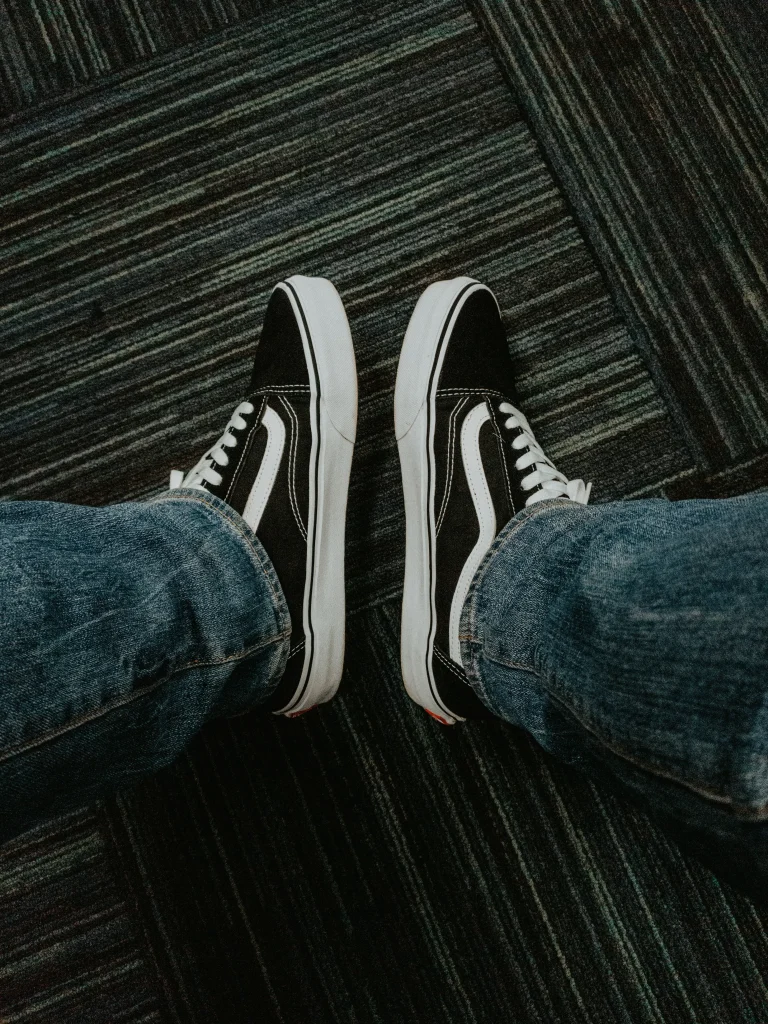
Caring for Your Restored Shoes:
To maintain the longevity of your restored footwear, follow proper storage and care techniques, such as keeping them in a cool, dry, and well-ventilated area, and cleaning them regularly.
With the right repair and restoration techniques, you can revive your footwear affected by hydrolysis and enjoy their comfort and performance once again.
Conclusion
Hydrolysis can significantly impact the durability and performance of your shoes. However, by implementing preventive measures such as selecting high-quality materials, proper storage techniques, rotating your footwear, caring for your shoes, investing in shoe protection, monitoring environmental conditions, and regular inspection and maintenance, you can effectively halt hydrolysis in your footwear and enjoy a longer lifespan for your favorite pairs. You will learn easily how to stop hydrolysis in shoes.

